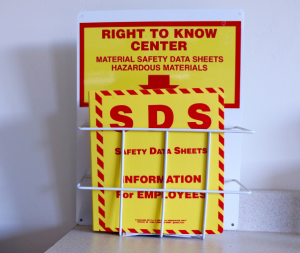Richard Denison, Ph.D., is a Lead Senior Scientist.
We have blogged repeatedly about the ways in which the Trump EPA is compromising workers’ health, either by failing to identify the significant risks they face, or wishing away the risks EPA does identify by erroneously assuming that existing industry practices and OSHA regulations are taking care of any possible problem.[pullquote]If EPA uses PPE assumptions to erase unreasonable risks, then it won’t regulate the chemical and will forgo its only opportunity to ensure that PPE is actually used. If EPA does find unreasonable risk even with its PPE assumptions, by understating the magnitude of that risk, any subsequent regulation EPA promulgates will be underprotective.[/pullquote]
All of this is contrary to the mandate Congress gave EPA when it reformed the Toxic Substances Control Act (TSCA) in 2016. The new TSCA strengthens EPA’s authority and mandate to protect workers, explicitly identifying them as a “potentially exposed or susceptible subpopulation.” But under this administration, EPA has instituted many policies and practices that undercut the protections afforded workers under TSCA.
A key policy driver is EPA’s assertion – absent any empirical evidence to support it – that workers throughout chemical supply chains will always wear effective personal protective equipment (PPE). There are many legal, scientific and policy problems with this assumption, and it is only one of many questionable aspects of the Trump EPA’s handling of risks to workers.
But just how big a difference does this assumption make? Let’s look at the agency’s draft risk evaluation for the carcinogenic solvent 1-Bromopropane (1-BP), which is currently undergoing public comment and peer review. Read More











